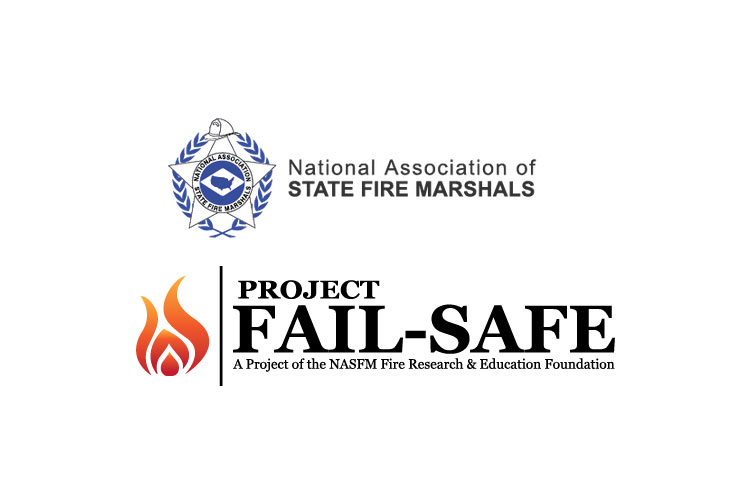

A first-of-its-kind review of building code fire safety “trade-offs” (relaxations in building regulations when sprinklers are installed) has found that such trade-offs lack scientific grounding. The study urges further testing to ensure that our nation’s buildings are being constructed in a way that maximizes safety.
The literature review was commissioned by the National Association of State Fire Marshals Fire Research & Education Foundation (NASFM Foundation) and conducted by Nicholas A. Dembsey, PhD, Professor of Fire Protection Engineering at Worcester Polytechnic Institute (WPI). It is a critical step in the NASFM Foundation’s ongoing Project FAIL-SAFE initiative – which will study the impacts on fire and life safety in structures equipped with multiple layers of both active and passive fire protection features.
Fire sprinkler systems are lifesavers, undeniably effective at preventing injuries and deaths among both residents and first responders. Statistically, sprinkler systems are effective in 87 percent of the fires in which they are activated, provided they are properly installed and maintained. Because of the effectiveness of sprinklers, building codes such as IBC and NFPA 5000 have introduced trade-offs, or relaxation in building regulations in areas where sprinklers are present. However, as the literature review notes, this concept of trade-offs generally lacks scientific justification, and there currently exists virtually no reliable data from a holistic building perspective on whether the cumulative effects of trade-offs make buildings and people safer.
An example of a trade-off is allowing flammable exterior finishes when interior sprinkler systems are present. Experience has shown that much of the exterior of a building with such finishes can catch fire before the sprinklers have a chance to activate. There have been numerous examples of such fires across the world, as detailed in a white paper published by Fire Safe North America, a fire safety and resiliency advocacy group. These fires illustrate the need for a holistic approach to fire safety, as well as the necessity of understanding how passive and active fire safety systems interact.
The purpose of the NASFM Foundation / WPI literature review is to synthesize the current knowledge about active and passive fire protection features and building construction, and suggest a path forward to fill gaps between existing building code requirements and the underlying science.
The review’s key findings include:
- Many provisions in existing fire safety and building code are empirical, and are not based on any sort of data.
- Many building code trade-offs (due to the presence of sprinklers) lack a scientific basis.
- Building code trade-offs could be detrimental to overall disaster resilience of buildings.
- While sprinkler systems can significantly improve firefighter safety by reducing the risk of the fire, building code trade-offs may offset those advantages should sprinkler systems not perform as designed.
Now that the literature review is complete, Project FAIL-SAFE progresses into its next phases. Fire departments around the nation are being engaged to help test a fire risk evaluation tool that will assess how safe certain types of building construction are. This process is necessary to establish a scientific basis on which future building codes can be revised and written to ensure safety. Simultaneously, Professor Dembsey and his research team at WPI are performing computer modeling exercises to develop baseline research on how fire protection features interact in protecting lives and property.
“Sprinklers are an extremely important fire safety and prevention tool, and should absolutely be utilized,” said Butch Browning, President of NASFM and Louisiana State Fire Marshal. “But this review shows most of the trade-offs in the building code aren’t grounded in science. The presence of sprinklers may have ultimately led to some weaker construction practices, resulting in less-resilient buildings. Project FAIL-SAFE is aimed at understanding precisely how safe our buildings actually are, and the next step is to engage with fire departments across the nation to get a better sense of the types of construction and possible dangers they are encountering in the field.”
“It is critical to understand how building codes are developed,” Dembsey said. “Many codes are implemented without any sort of scientific backing or research. This review found there are changes being made in building construction because the assumption is that sprinklers will always overcome the shortcomings in materials and design.”
Project FAIL-SAFE is a major NASFM initiative, and is designed to study the impacts on fire and life safety in structures equipped with multiple layers of both active and passive fire protection features. The goal is to understand how active and passive fire protection features interdepend on one another in providing the level of safety the public and the fire service have come to expect. For more information, visit http://www.firemarshals.org/Project-FAIL-SAFE.

